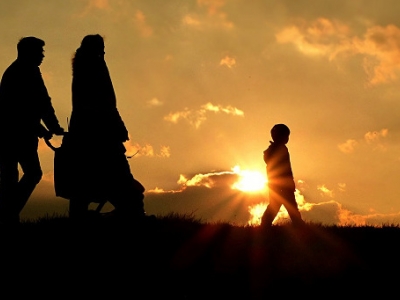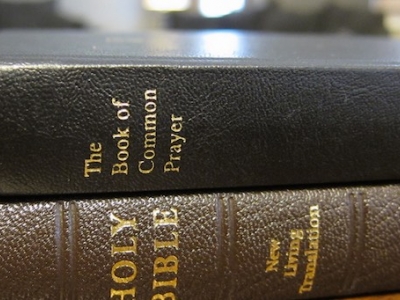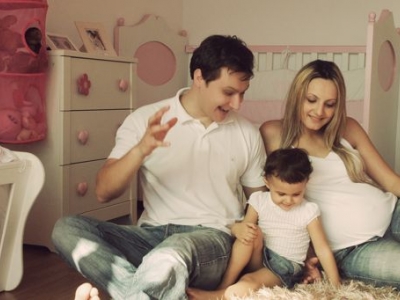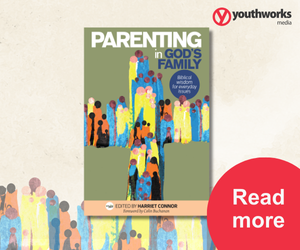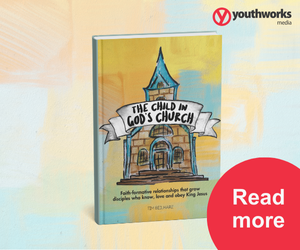
What can an old Dutch theologian teach us about family?
Kate Pass introduces The Christian Family by Herman Bavinck
Given the pressures exerted upon marriage and family life in 2020, why would one look to theology—and theology over a hundred years old—to find wisdom on this subject? I think we can learn a lot from Christians of the past, who had a deep knowledge of God and a realistic view of human sinfulness. Their wisdom goes beyond self-help books and how-to-have-a-happy-marriage listicles because it is anchored in God’s timeless word.
One of these old theologians is Herman Bavinck. While Bavinck is far from being a household name, he is becoming more widely known following the English translations of many of his works. I came to read his book The Christian Family with hopes that it might fill some of the gaps in my own theological understanding of the family and what the Bible sets out as prescriptive, rather than culturally descriptive, practices. In this hope I was a little disappointed but in other ways, I was pleasantly surprised.
Bavinck develops a theology of marriage and family centred on the Triune God, but his attempts to explain the innate, creational differences between men and women are sometimes clumsy and even cringe-worthy. For example, he states that husbands are the ‘head’ while wives are the ‘heart’ of a family (p. 95). Elsewhere he writes, ‘in her entire development, the woman is closer to the child’ (p. 67). And perhaps most tellingly, ‘the woman is constructed differently than the man in terms of religion, intellect, and morality’ (p. 69). Do these statements really reflect the teaching of the Bible or do they project late nineteenth-century conceptions of the family onto Scripture? I think the latter is more likely.
Despite this, The Christian Family contains some of the most genuine attempts to explain what it means for women to be the ‘helper’ in subduing and ruling the earth that I have ever read. Bavinck says that Genesis 2 presents the woman as a suitable helper for the man because Genesis 1 has explained clearly that she is his equal and reflects God’s image just as he does (p. 66). He then proceeds to explain that for the woman to help the man she will assist him ‘in procreating the human race, in nurturing children in the fear of the Lord, in fostering a kingdom of rational and moral citizens, and thereby assist in bringing the earth into subjection to the human race that comes forth from her’ (p. 67).
Bavinck’s argument is strongest when he writes about the implications of the Fall for marriage and family life and how Christ renews and restores them. He argues that Adam is punished by the punishment of Eve in that both lose their freedom, independence and self-direction with respect to each other. As the woman is driven toward the man by her desire for him, she is tempted either to manipulate him or enslave herself to him.
In the same way, man becomes a slave to his longing for the woman. This kind of slavery very easily turns to anger and tyranny; we see this bitter cycle of sin play out through all of history where the feminine is alternately worshipped and hated. In some respects, Bavinck shows himself to be ahead of his time when he describes this objectification of women. Bavinck writes, ‘The man kneels before her in worship, only then to pin her under his foot’ (p. 67). He even specifically identifies the objectification of women in art, noting that this kind of ‘worship’ of women is really just thinly veiled hatred and abuse (p. 68).
Bavinck calls children ‘the glory of marriage, the treasure of parents and the wealth of family life’ (p. 96). Children expose their parents’ frailty, but they also allow parents to develop virtues that are not otherwise easily come by, such as devotion and self-denial, provision for the future, the art of nurturing and restraint on personal ambition (p. 97). The glory of a marriage thus emerges from difficulty and self-denial. Bavinck writes, ‘The Christian sees adversities and crosses them in marriage … and accepts them as a means to exercise one’s faith’ (p. 79). In a culture that is so focused on pursuing one’s own happiness, this is surely a timely reminder.
It is important to point out that this book does not necessarily reflect Bavinck’s final opinions on any of these matters. A second edition was published in 1912, but Bavinck’s ideas about the place of women in society underwent significant change in the years following World War I. Somewhat controversially, he began to support female suffrage and affording women more opportunities in education. He was coming to terms with the new, more individualistic society that his own daughter Johanna was having to negotiate. The book’s introduction by James Eglinton offers helpful insights in this regard.
In short, this little book is well worth reading. It does not paint a detailed portrait of the contemporary Christian family of 1920, let alone 2020. However, it is full of serious—and timeless—theological reflection on what the family is and what makes the Christian family distinct.
---
Kate Pass lives in sunny Brisbane with her family and enjoys drinking coffee, reading books and thinking carefully about the Bible.
For more articles from Growing Faith, subscribe to our monthly e-newsletter.
To hear about the latest books and resources from Youthworks Media, subscribe here.


